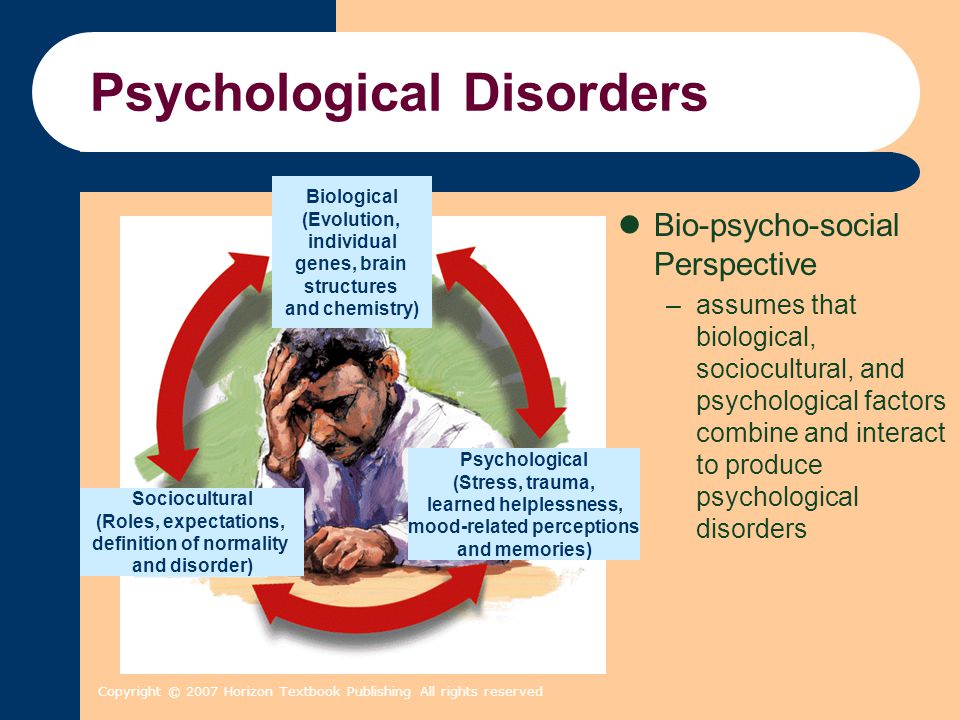Undercontrolled personality type
A person-centered exploration of the Hexaco personality measure and work-related outcomes
Back to topIn collections
- SDSU Theses and Dissertations
- Title
-
A person-centered exploration of the Hexaco personality measure and work-related outcomes
- Author(s)
-
Harmata, Rebecca Kristi
- Advisor(s)
-
Conte, Jeffrey M.
- Committee Member(s)
-
Monzon, Reynaldo I.
Roesch, Scott C. - Date
-
2020-03-19
- Semester
-
2020 Spring
- Type
-
Thesis
- Extent
-
52 pages
- Abstract
-
The purpose of the current study was to identify the three classic personality types (Resilient, Undercontrolled, and Overcontrolled) in two samples of the same population using the HEXACO personality measure, and to connect these profiles to organizational citizenship and counterproductive work behaviors.
The two data sets used in this study were accessed from an original sample of 4,176 participants collected by an Australian human resource consulting firm. Sample 1 had 3,226 participants whereas Sample 2 had 607 participants. First, the means of each HEXACO facet were compared using t-tests. Then, latent profile analyses were conducted on Sample 1 to identify personality profiles based on HEXACO variable configuration using information criteria, classification criteria, and interpretability. This process was repeated with the second sample. To examine the relationship between the HEXACO personality profiles and relevant work outcomes, an ANOVA was conducted. Using latent profile analysis (LPA), a five-profile solution was deemed to have the optimal model fit in two samples of the same population. The five distinct profiles included the three classic personality types (Resilient, Undercontrolled, and Overcontrolled) in addition to two personality types that had been found in previous studies: Goal-Oriented and Ordinary.
 These personality types were also related to organizational citizenship behaviors directed toward the organization (OCB-O) and counterproductive work behaviors, both interpersonal (CWB-I) and organizational (CWB-O). As expected, individuals within the Resilient profile reported more OCB-O’s than the other personality types. Individuals within the Resilient profile also reported significantly lower levels of CWB-O than the Undercontrolled and Goal-Oriented profiles, whereas individuals within the Undercontrolled personality profile reported higher levels of CWB-I than the Resilient and Ordinary personality profiles. This study was the first to examine the HEXACO personality profiles in relation to work-related outcomes The person-centered approach to personality allows both researchers and hiring-managers a holistic understanding of an applicant by being able to examine the variable configurations of one’s personality type rather than an individual’s individual trait level. The validation of the 5-profile solution gives credence to the existence of personality types using the HEXACO personality measure, which is being used increasingly in personnel selection.
These personality types were also related to organizational citizenship behaviors directed toward the organization (OCB-O) and counterproductive work behaviors, both interpersonal (CWB-I) and organizational (CWB-O). As expected, individuals within the Resilient profile reported more OCB-O’s than the other personality types. Individuals within the Resilient profile also reported significantly lower levels of CWB-O than the Undercontrolled and Goal-Oriented profiles, whereas individuals within the Undercontrolled personality profile reported higher levels of CWB-I than the Resilient and Ordinary personality profiles. This study was the first to examine the HEXACO personality profiles in relation to work-related outcomes The person-centered approach to personality allows both researchers and hiring-managers a holistic understanding of an applicant by being able to examine the variable configurations of one’s personality type rather than an individual’s individual trait level. The validation of the 5-profile solution gives credence to the existence of personality types using the HEXACO personality measure, which is being used increasingly in personnel selection.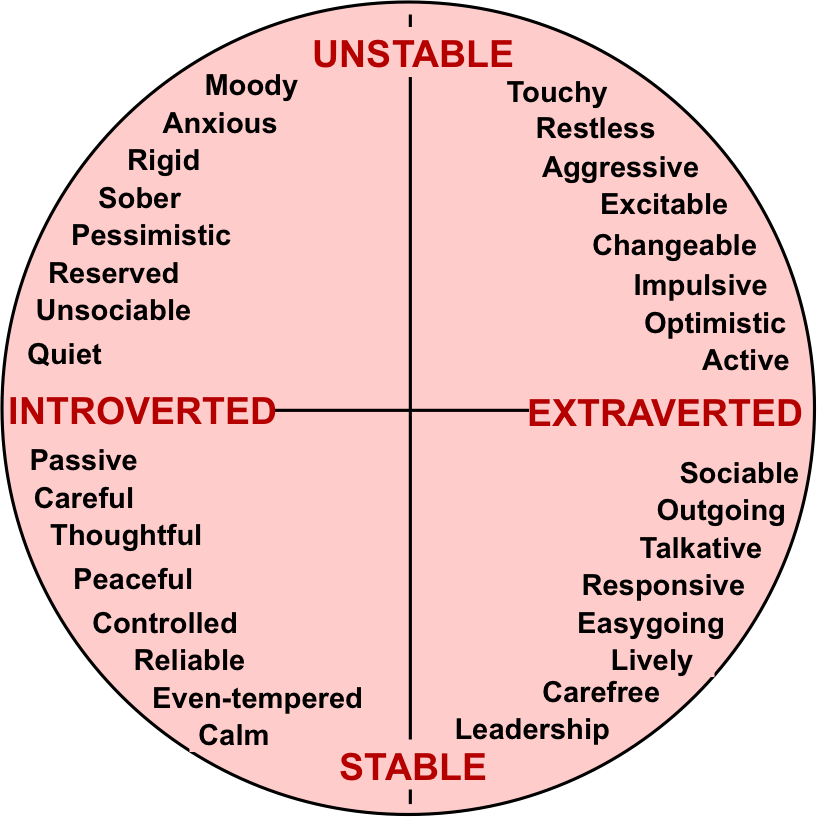
- Language
-
en_US
- Discipline
-
Applied Psychology
- Department
-
Psychology
- College
-
Sciences
- Institution
-
San Diego State University
- Degree
-
Master of Science (M.S.), San Diego State University, 2020
- Identifier
-
http://hdl.handle.net/20.500.11929/sdsu:59957
Bookmark
Personality may be set by preschool
Ever wonder if that quiet girl who hid in the back corner of the classroom ever burst out of her shell? Perhaps she became a whiz at computers. And what about the class clown? Did all his attention-grabbing antics develop into a charm that would later earn him big bucks selling timeshares in Bermuda?
And what about the class clown? Did all his attention-grabbing antics develop into a charm that would later earn him big bucks selling timeshares in Bermuda?
New research shows that in most cases the personalities displayed very early in life — as young as preschool — will stay with us into adulthood. The wallflowers will stay shy and reticent, though they will learn in time to be a little more sociable and assertive. And the average kids, the more resilient ones, will remain so.
But there is an interesting exception: The study found that as the most noisy and rambunctious kids hit their 20s, they still were more aggressive than the others yet they had become considerably more withdrawn than they were earlier in life. The researchers suspect that negative feedback from peers over the years makes these kids more self-conscious and quiet.
"At first, their impulsive behavior may appear 'cool,' gaining them social recognition," says the study’s lead author Jaap Dennissen, a professor of psychology at Humboldt University in Berlin, Germany.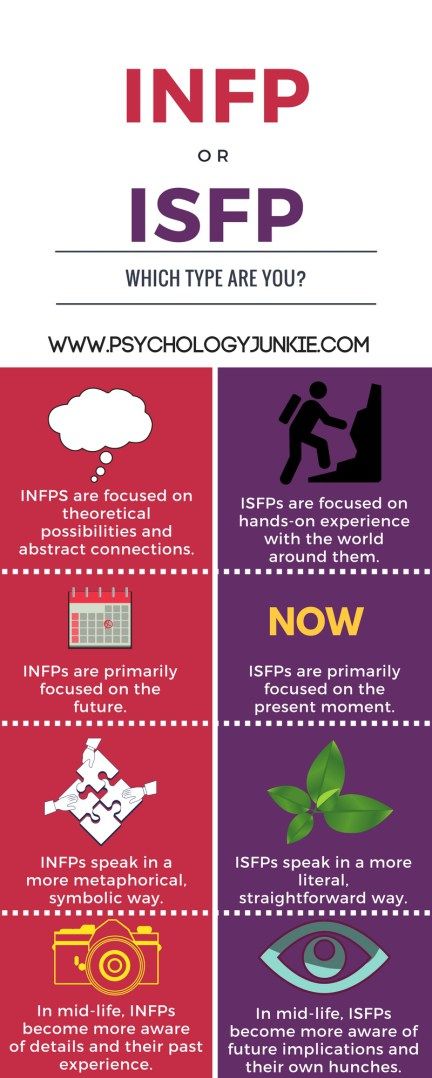 "However, as people grow up and are expected to act more mature, such impulsive behavior is increasingly rejected. Because of this expected rejection by peers, [they] may act in an increasingly shy manner.”
"However, as people grow up and are expected to act more mature, such impulsive behavior is increasingly rejected. Because of this expected rejection by peers, [they] may act in an increasingly shy manner.”
The new study, which appears in the February issue of the Journal of Personality, followed 103 kids for 19 years, starting when they were age 4 and ending when they hit their early 20s. To get an initial sense of the preschoolers’ personalities, the researchers surveyed both teachers and parents when the children were ages 4, 5 and 6. Based on the observations of their parents and teachers, the children were identified as having one of three personality types: overcontrolled, undercontrolled or resilient.
The overcontrolled kids were generally the ones most of us would categorize as shy: quiet, self-conscious, uncomfortable around strangers. “Overcontrollers control their emotions too much,” explains Dennissen. “So they are less able to act ‘natural’ and ‘spontaneous.’ Because they are so slow to warm up, they are seen by others as shy.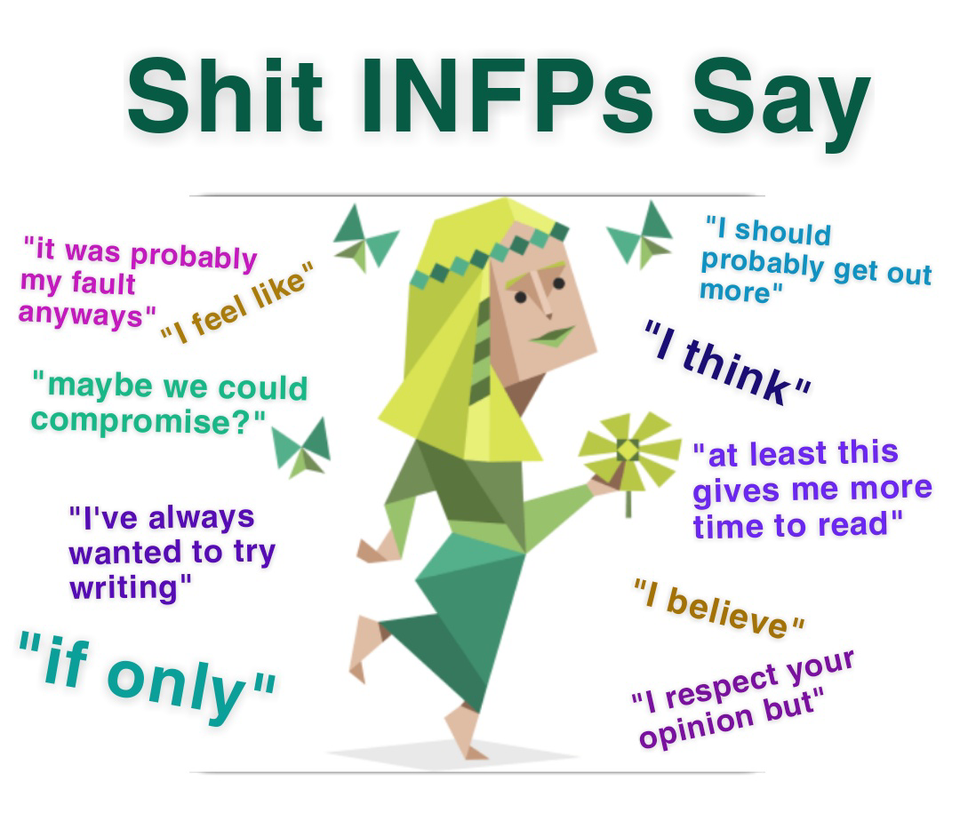 ”
”
Undercontrollers have too little control over impulses, Dennissen says. “When they feel frustrated they may act aggressively towards others, notwithstanding the negative consequences.”
The resilient kids are the ones in the middle who are good at modulating their emotions, interacting with others and bouncing back from adversity.
Some mature faster than others
Over the course of the study, Dennissen and his colleagues checked back in on the kids through questionnaires filled out by the parents every year up until the children were 10, and then again when the children reached the ages of 12, 17 and 23.
Interestingly, compared to the resilient children, both undercontrollers and overcontrollers took longer to move into adult roles, such as leaving home, starting a romantic relationship or finding a career. Accomplishing these milestones requires social adeptness that over- and undercontrollers may take longer to develop.
Ultimately, though, no matter which group kids start out in, they usually turn out just fine in the end, experts say.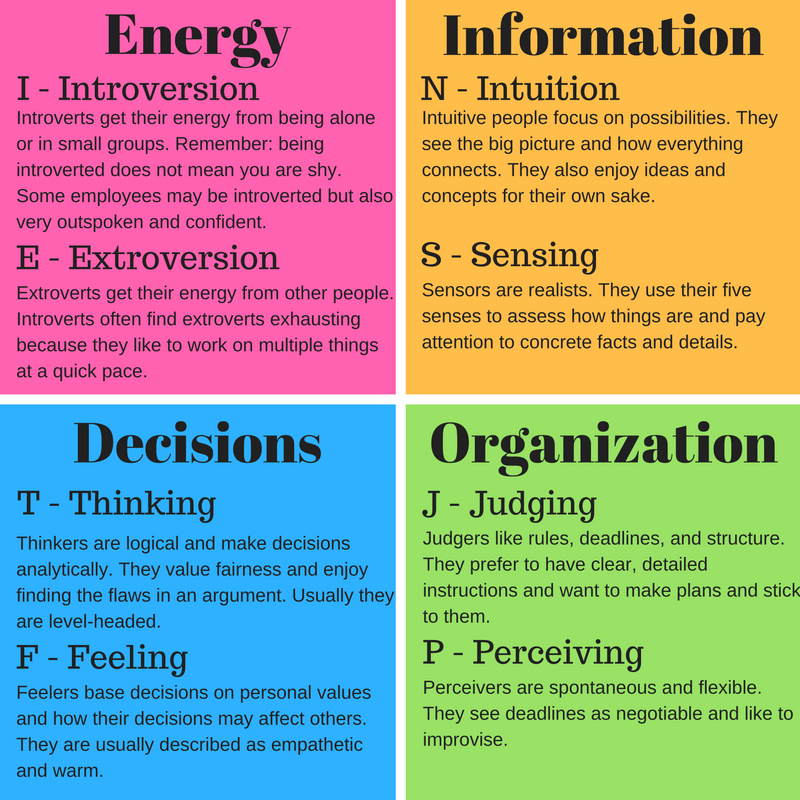 One factor that may help things along is a part-time job during the teen years, according to Dennissen. He and his colleagues found that such work experience led to lower levels of aggressiveness among both over- and undercontrolled kids. With the early job experience, teens learn some of life’s rules, such as that aggression generally doesn’t pay, Dennissen explains.
One factor that may help things along is a part-time job during the teen years, according to Dennissen. He and his colleagues found that such work experience led to lower levels of aggressiveness among both over- and undercontrolled kids. With the early job experience, teens learn some of life’s rules, such as that aggression generally doesn’t pay, Dennissen explains.
One thing that isn’t clear from the new study is whether actual personalities were changing with time — or just behaviors.
Even though behaviors, such as shyness, appear to change as kids get older, the underlying personality may remain the same, says Jerome Kagan, an emeritus professor of psychology at Harvard University. So someone may remain an introvert on the inside but work at being more outwardly sociable.
An earlier study by Kagan and his colleagues used MRI scans to show that the brains of young adults who were identified as shy when they were toddlers worked differently than those who had been more extroverted as kids.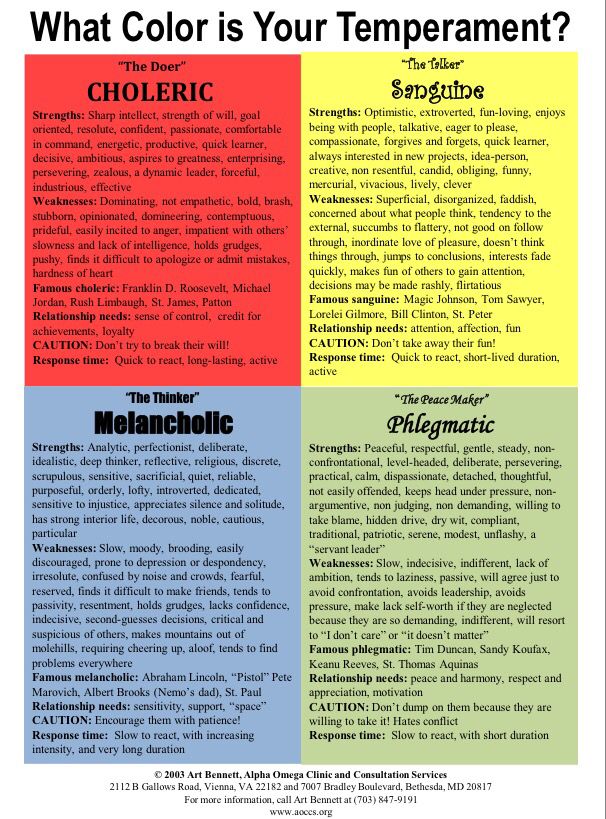
Kagan faults the new study for not looking at the impact of social class on behavior. Kagan, who has spent a lifetime studying whether personality changes with age, says that a host of factors, including class, can make a huge difference in how kids mature.
Kids from middle- and upper-class homes realize pretty quickly that they are from a privileged class, Kagan says. This gives them confidence. Those from poor and/or blue collar homes may become angry at their starting place in the world and that can lead to more aggression.
Other researchers believe that brain wiring — and hence personality — may actually change depending on what types of experiences people have as they grow up.
It’s quite possible that life events change the brain’s biology, says Rebecca L. Shiner, an associate professor of psychology at Colgate University and an associate editor of the Journal of Personality.
“There may be genuine changes at the biological level,” Shiner says. “We don’t yet know enough about that. The research out there suggests that there is moderate stability to personality by the time we reach age 3, but also that tremendous change occurs even up until the 50s. We need to figure out what causes change.”
The research out there suggests that there is moderate stability to personality by the time we reach age 3, but also that tremendous change occurs even up until the 50s. We need to figure out what causes change.”
Rounding off the 'sharp edges'
Parents should understand that just because kids start out over- or undercontrolling doesn’t mean they can’t succeed in life, says Daniel Hart, a professor of psychology and director of the Center for Children and Childhood Studies at Rutgers University.
By taking the time to teach overcontrolling kids social skills that seem to come naturally to the more resilient ones, parents can help their children overcome, or at least compensate for, shyness, Hart says. In the same way, undercontrollers can be taught to rein in their emotions and be more sensitive to others.
“There are studies that show you can round off the sharp edges of personality,” Hart says.
Linda Carroll is a health and science writer living in New Jersey. Her work has appeared in The New York Times, Newsday, Health magazine and SmartMoney.
Her work has appeared in The New York Times, Newsday, Health magazine and SmartMoney.
psychotherapists tell - The Secret of the Firm
What is a personality disorder
What a person far from psychiatry calls the general word "personality disorder" in fact is a whole group of mental disorders with different clinical pictures and different causes. They have one thing in common - we are talking about a change in behavior under the influence of various pathological factors.
Personality disorders are long-term, persistent patterns of thinking, perceiving, responding, and relating.
Deviations from the norm may be hardly noticeable from the outside, but cause significant stress in a person and gradually worsen his condition . Up to the point that he loses the ability to engage in daily activities and communicate normally with other people, loses touch with reality and begins to commit dangerous acts.
Expert opinion
Anastasia Kashcheeva
psychotherapist, founder of the psychological center ArkSoul
Our personality is a combination of thoughts, feelings and behavior that create that unique set of qualities for each of us.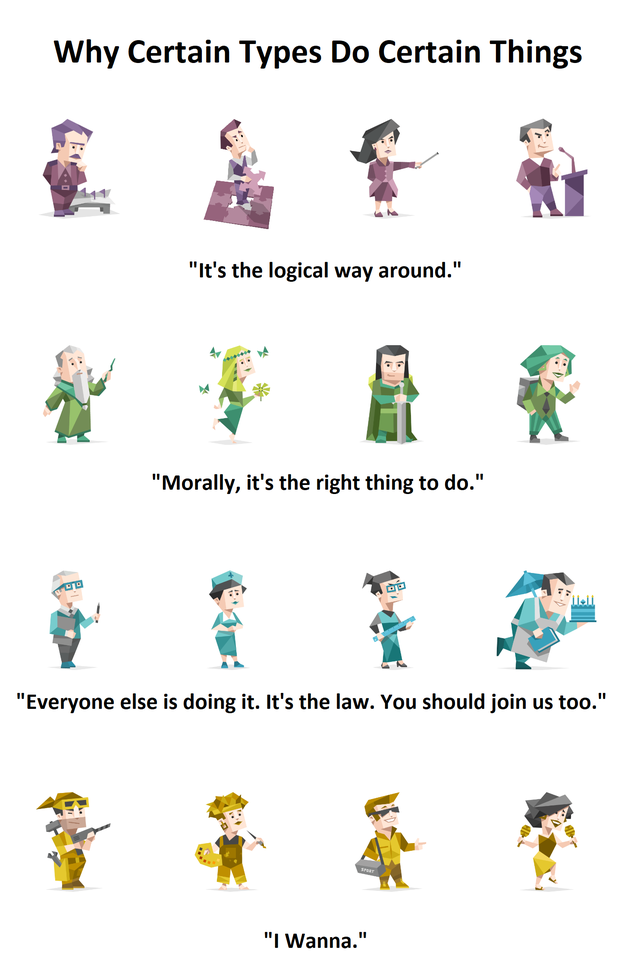 But if there are significant difficulties in relation to oneself, other people or the world, then in this case a personality disorder can be diagnosed, which refers to the borderline mental pathology.
But if there are significant difficulties in relation to oneself, other people or the world, then in this case a personality disorder can be diagnosed, which refers to the borderline mental pathology.
Expert opinion
Tatyana Karpova
psychiatrist-narcologist at the Harmony clinic
Personality disorder seems to be a mysterious and popular disease of the soul. Doctors often call it a character anomaly that can appear in late childhood or adolescence. The triad of personality disorder criteria was created by Professor of Moscow University Peter Gannushkin. It includes pathological character traits that:
- lead to a violation of social adaptation;
- are stable and hardly reversible;
- are total and determine the mental makeup of a person, that is, they affect various areas of life: interpersonal relationships, interests, needs and behavior.
Types of disorders
In the ICD 10 classification (International Classification of Diseases), personality disorders are systematized into categories and at the same time have a different clinical picture, as well as a different theory of occurrence.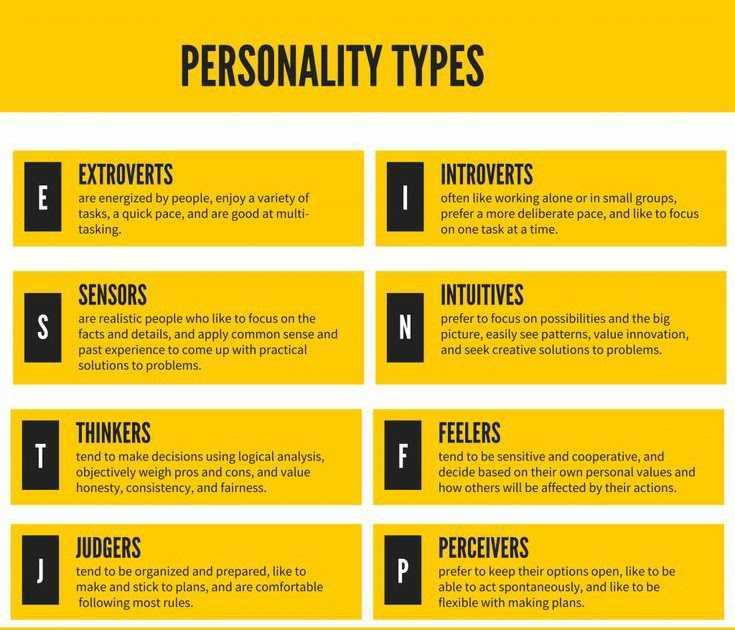 But, despite this, it is possible to single out common features, namely: a disorder of self-consciousness, overvalued ideas, ritualized obsessions, catatonia (motor disorders).
But, despite this, it is possible to single out common features, namely: a disorder of self-consciousness, overvalued ideas, ritualized obsessions, catatonia (motor disorders).
A total of 10 types of personality disorders are distinguished with different clinical presentations. They are divided into three clusters.
Eccentric
- Schizoid - characterized by a lack of interest in other people.
- Schizotypal: strange or eccentric ideas and behavior.
- Paranoid: distrust and suspicion.
Emotionally unstable
- Anti-social: characterized by social irresponsibility, neglect of others, deceit and manipulation of people for personal gain.
- Borderline: inner emptiness, fear of abandonment, unstable relationships, problems controlling emotions and impulsive behavior.
- Hysterical: Dramatic or defiant behavior aimed at attracting attention.
- Narcissistic: need for admiration, lack of empathy and high self-esteem.
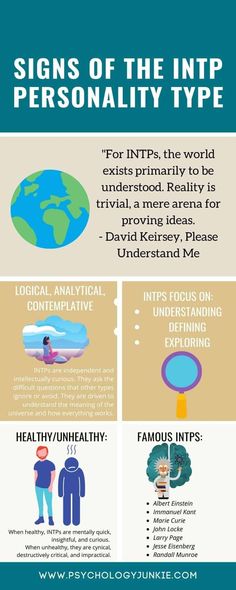
Anxious
- Avoidant: avoiding close contact with others for fear of rejection.
- Dependent: the need to receive care or care for someone, leading to a situation of submission and dependence on another person.
- Obsessive-compulsive: perfectionism, stereotyped behavior and stubbornness.
According to ICD 11, personality disorders are divided into different types:
- mild personality disorder;
- mild personality disorder;
- severe personality disorder;
- personality disorder, severity unspecified.
Some disorders are named very similarly to other psychiatric diagnoses, such as obsessive-compulsive disorder and schizophrenia. Because of this, they are often confused, but the severity of symptoms and their set in the case of diseases and disorders will be different.
Expert opinion
Yuri Gryazev
clinical psychologist, psychoanalyst
Mental disorders differ from mental illness in that they are part of a person's personality, are stable in their manifestations and are dominant in their influence on behavior, thinking and the functioning of the human psyche.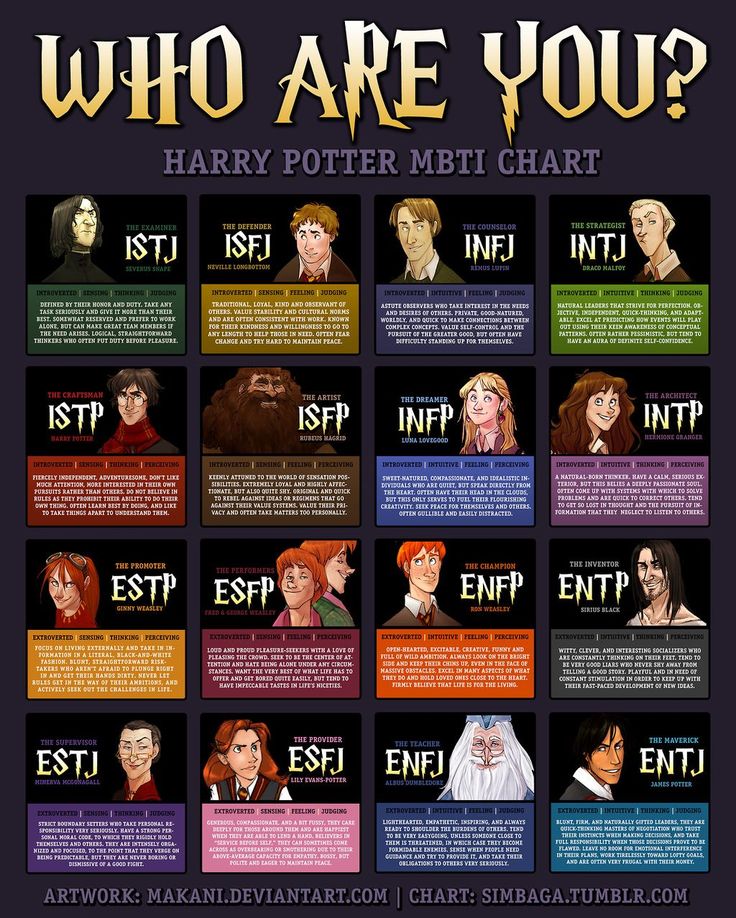
Some of the most common are borderline personality disorder, anxiety-depressive disorder, generalized anxiety disorder and bipolar affective disorder. Compared with related diseases, they are more stable, have a wider symptomatology, cyclicity and are more difficult to treat.
Expert opinion
Tatyana Karpova
psychiatrist-narcologist at the Harmony clinic
Sometimes a personality disorder can be confused with accentuation. This is a character trait in which some of its traits are excessively enhanced, which reveals a selective vulnerability to some influences while maintaining good stability in the rest. Sometimes the character trait attributed to the disease is the clinical norm. Uninformed people may perceive the disorder as banal anxiety, OCD, a bad mood, or even depression. The manifestations of this disease are even confused with schizophrenia, since the symptoms may be similar. Moreover, schizoid personality disorder grew out of schizophrenia.
The severity of the disorder depends on the symptoms present.
Expert opinion
Ilya Gavin
clinical psychologist, expert of "Psychodemia"
For example, with a mild disorder, we can observe one symptom, for example, a disturbance in the emotional sphere, while there will be no difficulties in thinking. The severity is also determined by the frequency of manifestations of such disorders. That is, with a mild disorder, violations can manifest themselves in one or more areas of life. At the same time, a severe disorder affects the entire life of a person, provoking distress.
Who is at risk
There are many reasons for a personality disorder, noted psychiatrist and narcologist Tatyana Karpova. However, most often, according to the psychiatrist, they lead to it:
- genetic predisposition;
- environment and education;
- interaction with people and stressful situations, especially in childhood and adolescence.
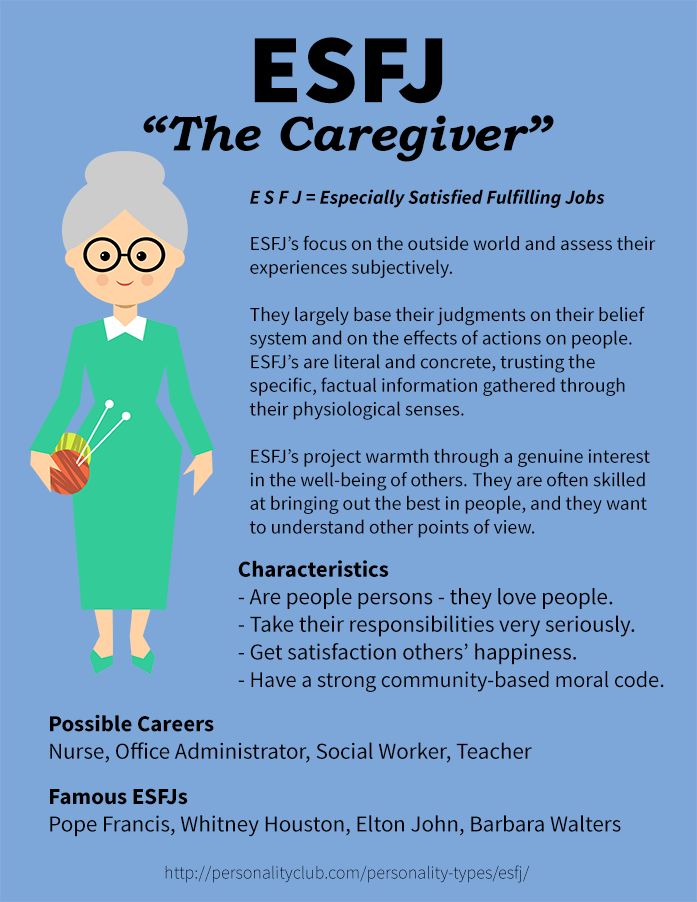
Unlike other mental disorders and illnesses, personality disorders can be a stretch to classify as a variant of the norm - they are actually so common and undiagnosed. People are accustomed to write off the characteristic symptoms of the disorder on personality traits, bad temper or the influence of stress and do not even realize that this is a pathology that requires correction.
Moreover, some alarm bells can appear already from childhood, but they are often attributed to the shortcomings of education. Yes, and it is difficult to diagnose the disorder in children and adolescents, because the personality at this time is still continuing to form.
Expert opinion
Anastasia Kashcheeva
psychotherapist, founder of the psychological center ArkSoul
Personality disorders are more often congenital. Therefore, already from childhood or puberty, the features of interpersonal relationships, the emotional-volitional sphere of life, as well as the spheres of hobbies and social interaction in general, are clearly noticeable.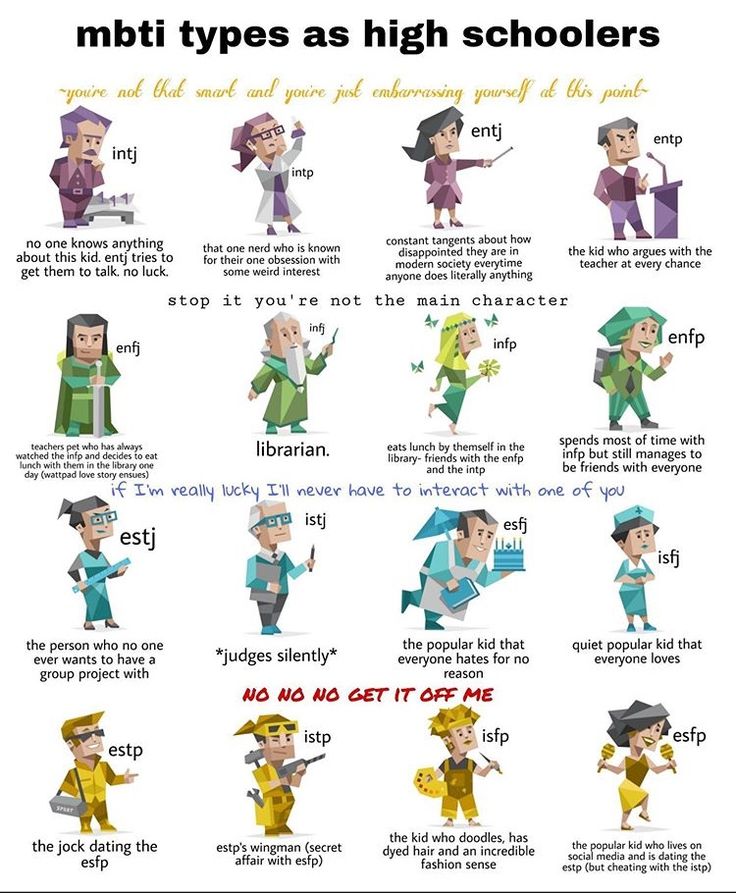
It is also worth paying attention to the environment in which a person spent his young years. Toxic family relationships, bad peer group, bullying at school - all this is not a very healthy environment for the formation of a healthy personality.
Expert opinion
Yuri Gryazev
clinical psychologist, psychoanalyst
The formation and development of personality disorders is directly related to the environment in which the child grows up, which company he chooses in adolescence and how his parents function: a parent with a disorder unable to raise a healthy child.
Usually these disorders appear at a young age - 21-25 years. At the debut of a personality disorder, behavior and thinking change greatly, sometimes a person begins to understand that something is wrong with him.
How to recognize
Kashcheyeva classified problems in everyday life, difficulties in interpersonal relationships, changes in behavior, uncontrolled aggression, feelings of abandonment and depression as the most common and common signs of personality disorder.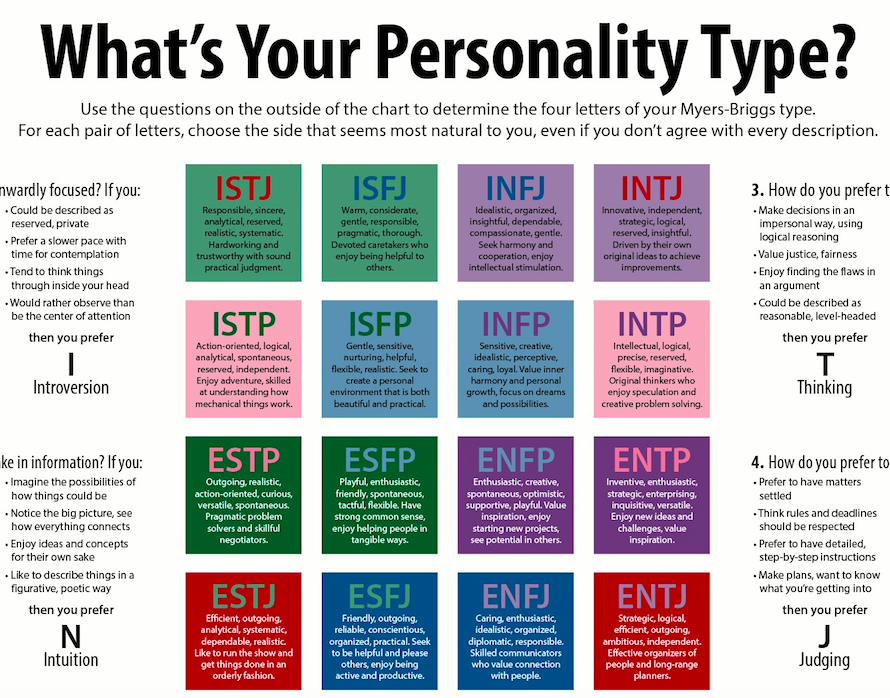
Psychologist Ilya Gavin added that it is quite difficult to make a diagnosis on one's own, because personality disorders can easily be disguised as other diseases or simply "fine mental organization".
But self-diagnosis is quite possible. Gavin listed personality traits that may indicate the disorder:
- Negative emotionality . A person experiences excessively negative emotions in situations that do not correspond to this.
- Detachment . Avoiding social contact as it causes additional stress and anxiety.
- Dissociation . Disregard for social norms, rules and personal boundaries of other people. It may look like egocentrism and a desire for admiration from others. If this need is not met, stress sets in.
- Disinhibition . Reckless actions without taking into account the negative consequences in the future. It can be expressed in the chaotic use of psychoactive substances or, for example, in erratic sexual behavior.
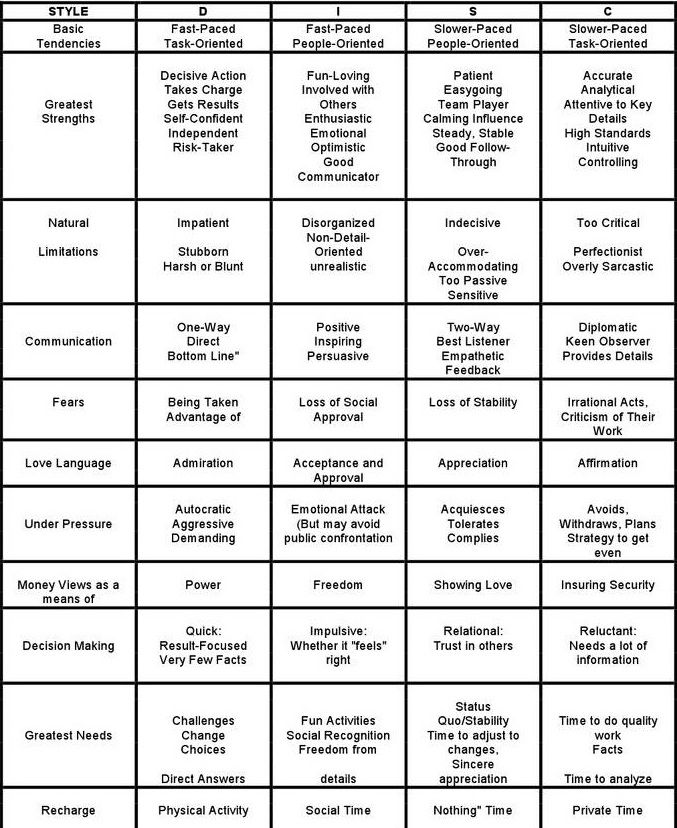
- Anancastness (black and white thinking). It manifests itself in perfectionism, adherence to strict rules and standards, inflexibility and the desire to control both externally and internally (for example, one's emotions and thoughts).
- Frontier . Instability of self-image, relationships and emotional state. Violations of the sense of self "I" and problems in interpersonal communication. Difficulty controlling anger and anxiety, severe emotional stress. It can be expressed in frequent negative emotional state and impulsive behavior, which can lead to self-harm as a result.
Diagnostic questions
Psychotherapist Denis Fedoryaka pointed out that there are two fundamentally different approaches to diagnosing personality disorders. The first is used by doctors, and the second by psychologists. This is what often makes it difficult to understand between them, and also confuses the patient and his relative.
“When we say the word 'disorder', we already enter the clinical realm. That is, disorder = disease. It’s just that over the past 30–40 years, the vocabulary of doctors has changed, this was done intentionally in order to reduce the stigmatization of patients and improve their seeking help,” he stressed.
What is the fundamental difference between these two approaches?
Medical approach , Fedoryaka pointed out, considers personality disorder a special type of mental disorder associated with disorders in the emotional and behavioral sphere. Previously, such disorders were called "psychopathy". The reason for the manifestation of the symptoms of the disorder in this approach is the inability to fit into the existing social reality. This can provoke antisocial acts, addictions, and emotional instability.
Psychotherapists and psychiatrists believe that personality traits do not fundamentally change, Fedoryaka noted. A person with such a disorder will forever remain with them. However, it is possible to correct his behavior as soon as he becomes critical of himself. Then compensation can become stable throughout life.
However, it is possible to correct his behavior as soon as he becomes critical of himself. Then compensation can become stable throughout life.
Psychological approach classifies personality disorders as a level of development or a particular type of personality. Psychologists and psychoanalysts avoid even the term "disorder", not to mention "psychopathy", preferring to say "borderline personality type".
According to psychologists, the main problem of such people is to define their own boundaries and the boundaries of other people. This leads to behavioral difficulties in relationships and throwing in search of their place in life.
Psychiatrist Tatyana Karpova told how people with different types of disorders manifest themselves in everyday life. Many of these symptoms are not even perceived by people as a sign of some mental problems. But if you look at the world through the eyes of doctors, it is easy to come to the conclusion that there are no healthy people - there are undiagnosed ones.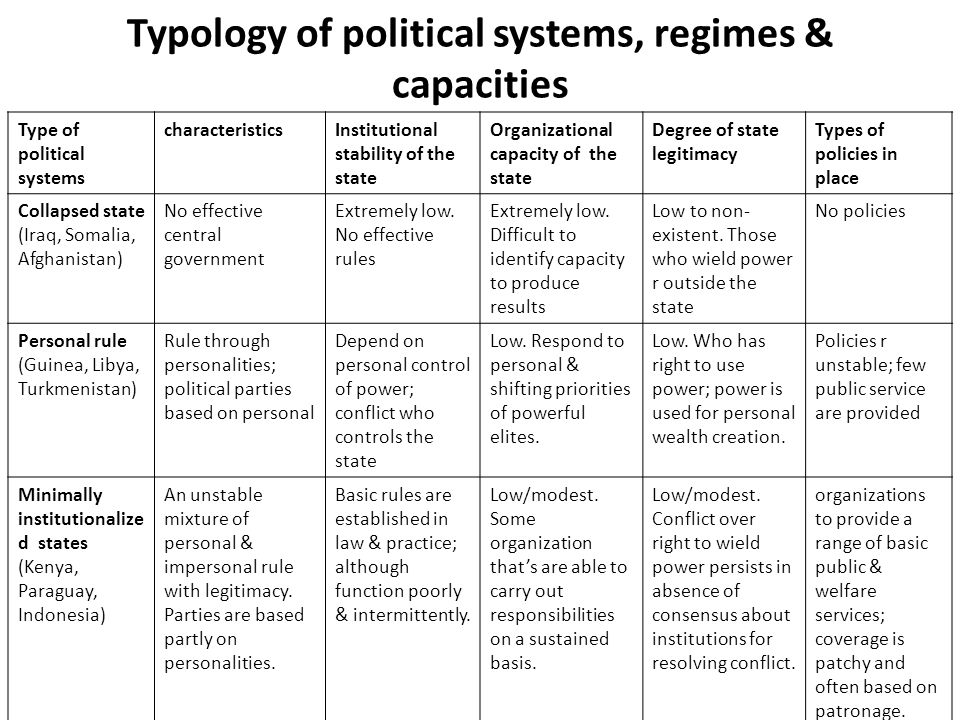
Types of personality disorders:
Schizoid personality disorder. Characterized by a closed personality, a tendency to loneliness and emotional coldness. People of this warehouse are often absorbed in their thoughts and feelings, afraid to get close to other people. However, such a diagnosis is not a sentence. People suffering from this disorder show an interest in everything unusual and have a well-developed logical thinking.
Paranoid personality disorder . One name speaks for itself. People with this disorder are often suspicious and distrustful, stubborn, sullen, aggressive, and tend to interpret the behavior of others as unfriendly or degrading. Such behavior may be completely unreasonable. A paranoid person is confident in his own importance, does not recognize someone else's rightness and is convinced of his own infallibility. Any criticism for her is perceived with hostility, and any harmless actions of others are equated with malicious intent.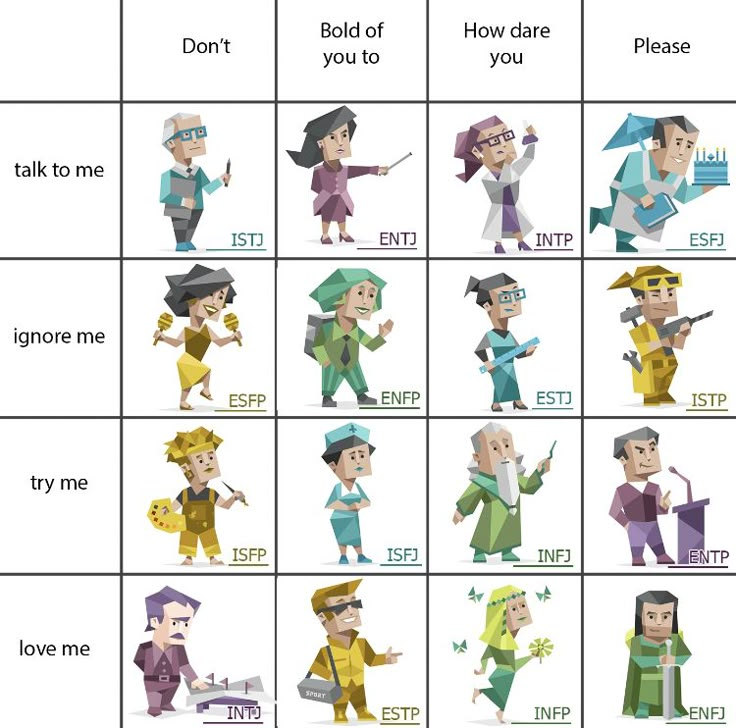
Antisocial (dissocial) personality disorder . It is absolutely normal for people with an antisocial personality to clash with others and disregard social norms of behavior. They are impulsive, irresponsible and callous. Problems with the law, aggressive and irresponsible behavior, manifestations of violence are the norm for such people. They do not show any respect for others and do not feel remorse if their behavior causes problems for others. Low empathy or its complete absence leads to the fact that people with a similar personality disorder are unfamiliar with remorse.
Hysterical/Hysteroid Personality Disorder . It affects predominantly female patients. This type of mental disorder is characterized by a theatrical manifestation of emotions, frequent mood swings, a shallow perception of phenomena, inconstancy in attachments. Such people love increased attention to their person, so they try in every possible way to achieve this.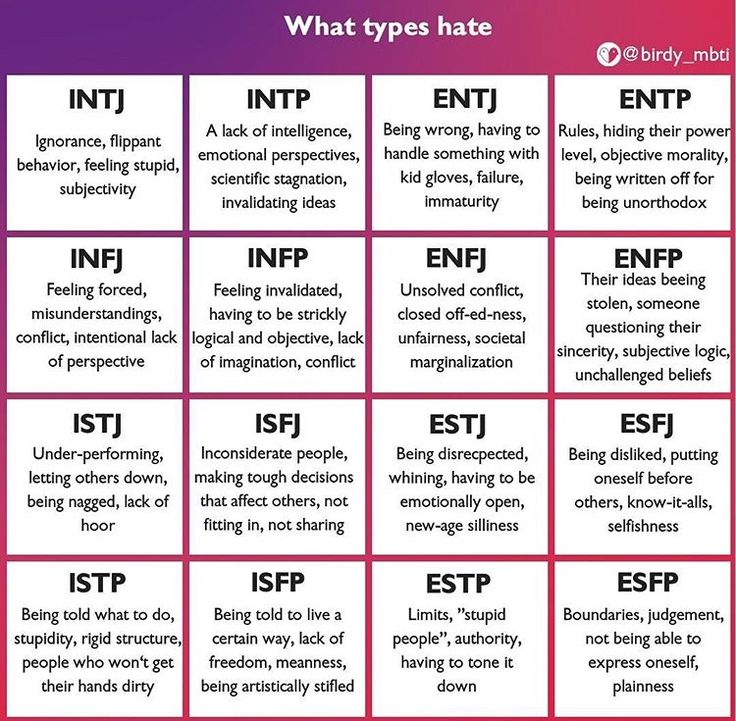
Obsessive Compulsive Personality Disorder . The scourge of perfectionists who constantly devalue their own achievements and always take on more than they can bear. Such people are reliable, trustworthy, accurate and methodical. But due to disorder, they are unable to adapt to changing circumstances. They try to focus on every moment in solving a problem. And their zeal turns into failure. In unpredictable situations or when it is required to trust others, a compulsive person may feel confused and helpless.
Borderline personality disorder . The cornerstone of its structure is the fear of rejection. People with borderline disorder are out of balance in interpersonal relationships, behavior, mood, and self-esteem. Sudden and intense mood swings, violent emotions, drama, unstable self-image, unpredictable actions - all this characterizes the borderline personality. They can perceive life only in extremes - either everything is good or everything is bad.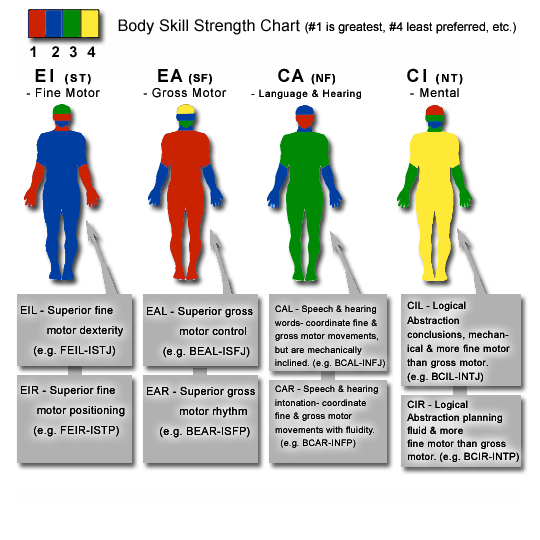 Their self-esteem is quite fragile and depends entirely on the assessment of others.
Their self-esteem is quite fragile and depends entirely on the assessment of others.
Anxious personality disorder . This pathology is accompanied by a sense of anxiety, unpleasant forebodings, fear of the unknown. They are afraid not only of undertakings in work, but also of any situation that deviates from the usual scenario of their activities. Fearing that something will go wrong, they are ready to take control of the situation in order to avoid stress. Sometimes anxiety can develop into phobias, such as agoraphobia (fear of open spaces) - in such cases, a person does not leave the house because the outside world is deceptive, changeable and out of control.
Schizotypal personality disorder . With this disorder, a person may lose the zest for life due to constant fatigue, apathy and lack of interest. Later, depersonalization and derealization can join such heavy feelings. Depersonalization is most often described as a look at life from the outside or a kind of movie about oneself, in which a person becomes a spectator.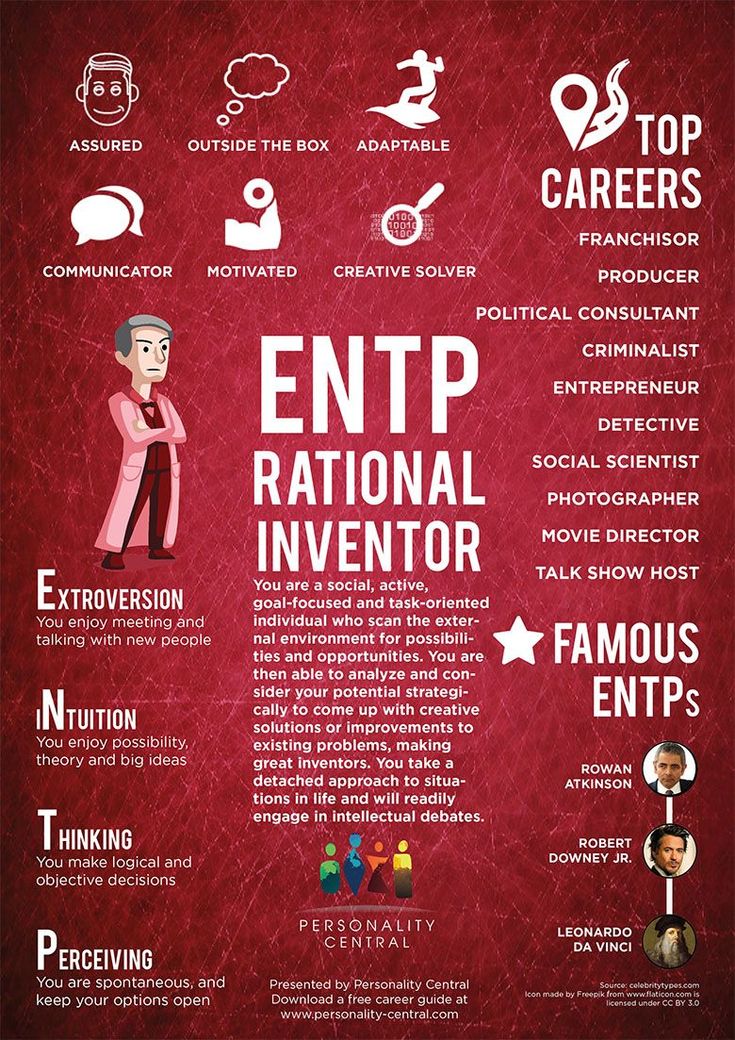 Derealization is manifested in the fact that it is as if the people around the person or the world as a whole are not real. Such a person can look into the faces of relatives with the thought “don’t be nervous, this is definitely my daughter Sasha, she looks like that, I know her”
Derealization is manifested in the fact that it is as if the people around the person or the world as a whole are not real. Such a person can look into the faces of relatives with the thought “don’t be nervous, this is definitely my daughter Sasha, she looks like that, I know her”
What is the danger
In recent years, Russians have become much more loyal to psychotherapy, but until now, any problems “in the head” are rather stigmatized in our country. As a result, many are afraid to turn to specialists and think that "it will pass by itself."
In the case of personality disorders, this is a particularly common picture, because if something fits into the variant, albeit unhealthy, but the norm, both the person himself and those around him prefer to “endure” and not pay much attention to problems. As a result, people with a personality disorder can live for years without doing anything and attributing their problems in communication and control to a bad temper and Mercury retrograde.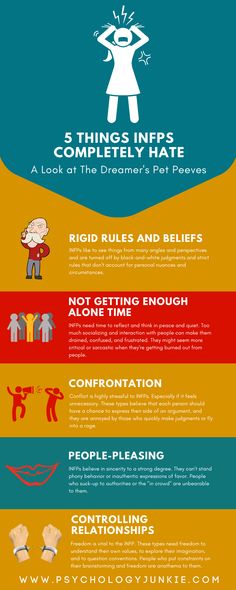
The consequences of such an attitude can be the most unpleasant, explained psychologist Yuri Gryazev. It should be understood that if a person shows aggression, devalues others, goes into binges or sprees, spends his own or borrowed money in MFIs on impulsive purchases, often gets into accidents, these are quite clear signals that not everything is in order with him and he needs help.
Expert opinion
Yuri Gryazev
clinical psychologist, psychoanalyst
Personality disorders usually become dangerous for a person and his relatives only when they start, no attention is paid to them and, as one of my colleagues jokes, the patient drinks ” or “zabeyol” several times daily. In this case, a worsening of the general condition is possible, a more obvious and destructive manifestation of the characteristics of the disorder, perhaps even suicidal attempts or fits of rage. Usually both the person himself and his relatives suffer from disorders. How - depends on the specific disorder and the characteristics of the character or temperament of the person.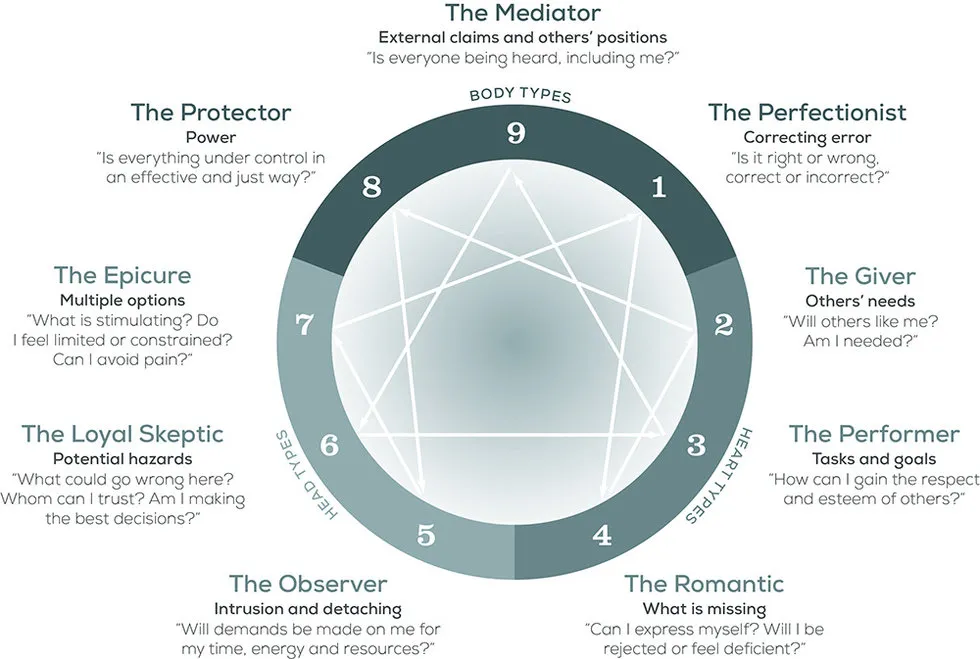
Expert opinion
Anastasia Kashcheeva
psychotherapist, founder of ArkSoul Psychological Center
Perhaps the most dangerous personality disorder is antisocial disorder. In this type, one's own needs, pleasures, and personal gain are placed above the needs of others. In this case, characteristic manifestations may be:
- creation of dangerous or risky situations;
- illegal conduct;
- impulsiveness and aggressiveness;
- endangering others to get what you want.
Gryazev explained that sometimes personality disorders may not require medical or psychotherapeutic intervention. But only if they do not interfere with a person and do not become dominant traits of character, behavior and thinking. If the quality of life began to suffer, it is worth contacting a specialist.
Can it be cured?
Both psychologists and doctors divide patients into three categories depending on the manifestation of the disorder and the possibility of its treatment:
- Neurotic (neuroses) is a completely reversible condition that can be cured with the help of psychotherapy.
 The main symptom is not just symptoms, but a disturbed relationship of a person.
The main symptom is not just symptoms, but a disturbed relationship of a person. - Borderline (personality disorders, psychopathy, addictions) - a condition that can only be compensated, the patient needs to learn to live with his own characteristics.
- Psychotic (psychosis, bipolar disorder) - irreversible changes in the human psyche after episodes of altered consciousness. The patient needs observation, periodic treatment (mainly drugs), as well as rehabilitation throughout his life.
The latter category may require the help of a psychiatrist, but if the severity of the disorder is not so great, psychotherapy can be dispensed with. The patient himself chooses which specialist to contact, but one must understand that personality disorder is still a serious problem that requires a serious approach.
Expert opinion
Tatyana Karpova
psychiatrist-narcologist at the Harmony clinic
Only a psychiatrist should be involved in making a diagnosis of personality disorder! Self-diagnosis and prescription of therapy not only will not bring results, but can also significantly aggravate the situation.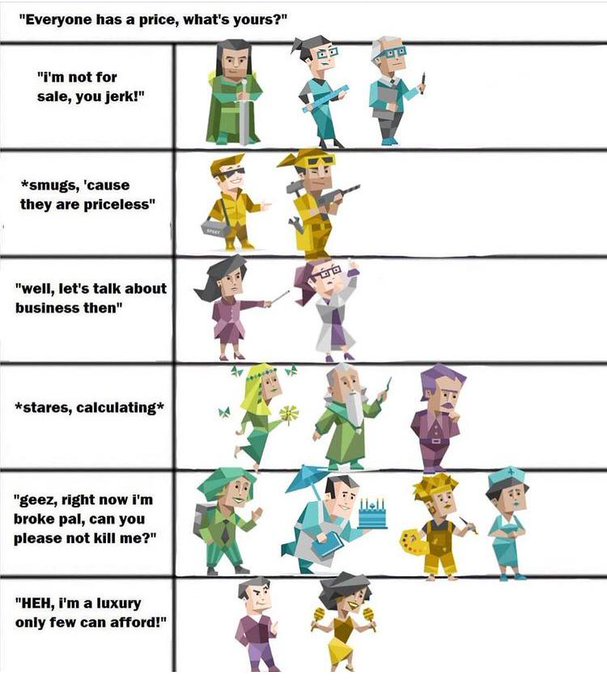
The main goal of the treatment of personality disorders is social adaptation and the return of a person to society. The most important aspect is the reduction of stress and isolation of the patient from an external stimulus that exacerbates the symptoms. This helps to reduce the severity of clinical manifestations - anxiety decreases, the feeling of hopelessness disappears, depression is eliminated.
The help of clinical psychologists and psychotherapists will be preferable to psychologists without clinical education . Moreover, in some cases, it will not be superfluous to supplement psychological assistance with medicines.
Expert opinion
Denis Fedoryaka
psychotherapist, Ph.D. And then, based on this, he plans therapy. The classic plan includes prescribing drugs that help to quickly enter the compensation phase (antidepressants, antipsychotics, tranquilizers). This can only be done by a doctor.
If the patient is compensated, then psychotherapy and psychological correction can be started.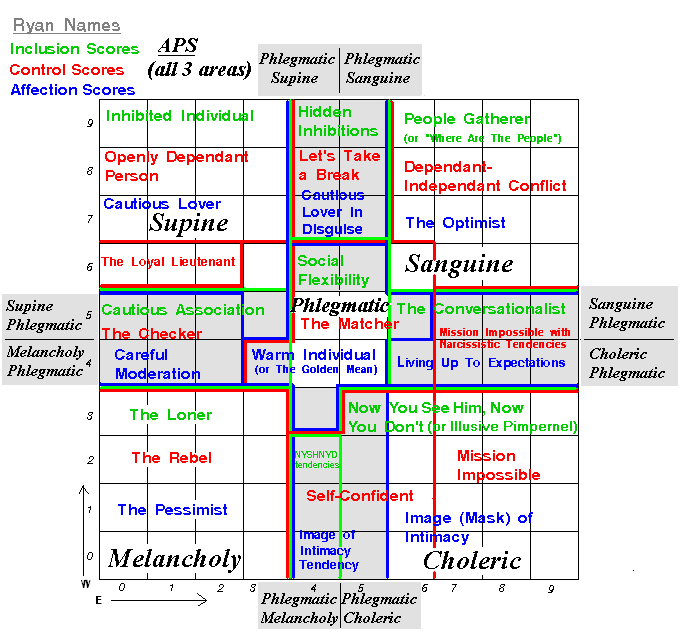 Cognitive-behavioral, humanistic psychotherapy methods usually work well. It is better to start with individual work, and then include patients in psychotherapeutic groups in which they receive the necessary social interaction skills.
Cognitive-behavioral, humanistic psychotherapy methods usually work well. It is better to start with individual work, and then include patients in psychotherapeutic groups in which they receive the necessary social interaction skills.
It will not be superfluous to pay attention to the approach that the chosen specialist professes.
Some types of psychotherapy, in particular CBT, have proven effective in the treatment of personality disorders, notes Anastasia Kashcheeva. It is important that during the session, the psychologist helps to determine your feelings, thoughts, teaches you how to manage symptoms and corrects behavior.
Expert opinion
Anastasia Kashcheeva
psychotherapist, founder of the ArkSoul Psychological Center
The choice of treatment, of course, depends on the specific type of personality disorder, on the circumstances and conditions, as well as on the severity of its manifestation. Effective and proven areas of psychotherapy for the correction of behavior and treatment of personality disorders include the following: cognitive behavioral therapy, group therapy, dialectical behavioral therapy, psychodynamic therapy and mandatory psychoeducation (learning about the diagnosis itself, treatment and ways to overcome it).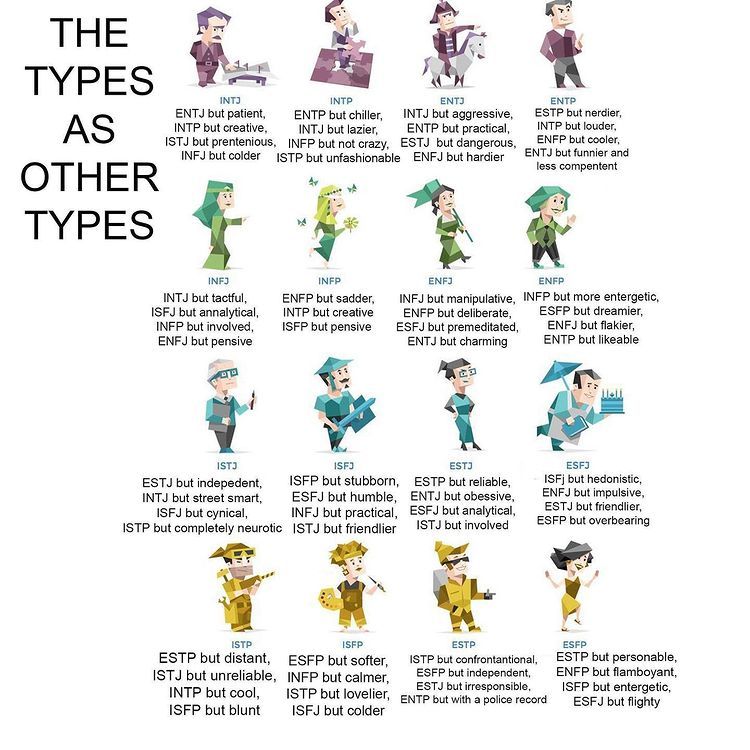
Psychoanalyst Yuri Gryazev stressed that personality disorders are subject to treatment, there are no restrictions or contraindications . If the combination of psychotherapy and pills is not enough, other approaches can be used: psychoanalytic, gestalt approach, art therapy, and so on. What suits a particular person cannot be said offhand - everyone chooses an approach and a specialist for themselves.
Gryazev explained that no matter what type of therapy the patient chooses, at the first stages, the external manifestations of the disorder are compensated, the person is taught to reflect them and not be afraid of himself. Only after a while you can proceed to work with the correction of the deeper parts of the psyche. This usually takes several years.
There are no specific medications used to treat personality disorders, Kascheeva pointed out — each case is individual. But in the case of a severe course of the disorder, pills alone and control by a psychotherapist may not be enough - it is necessary that family members join the process. The support of loved ones is especially important if a person, due to a disorder, has problems with communication and building relationships.
The support of loved ones is especially important if a person, due to a disorder, has problems with communication and building relationships.
Of course, sometimes there is a great temptation to think that everyone around is mentally ill with various personality disorders, they just do not know about it. Such a view is partly reassuring by the fact that these are not such “not such” people, it is they who have not yet reached their psychotherapist.
But it should be borne in mind that psychotherapy is always a story about a person's personal voluntary choice, and a psychologist will not succeed in forcibly benefiting and correcting a "bad character" with pills and sessions. So, if you yourself want to change your life, it may be helpful to sometimes wonder if your behavior and attitude towards life is healthy. But looking for frustration in yourself or others, just to get upset once again, is still not worth it.
Collage: Secret of the Company, Unsplash/Joshua Fuller, Unsplash License, jean louis mazieres, CC BY-NC-SA 2. 0
0
Personality types | 16Personalities
Analysts
Strategist
INTJ-A / INTJ-T
Imaginative, strategic thinkers with a plan for all occasions.
Scientist
INTP-A / INTP-T
Creative inventors, with a strong belief in the power of knowledge.
Commander
ENTJ-A / ENTJ-T
Brave, resourceful and strong-willed leaders who always find a way - or make a way.
Debater
ENTP-A / ENTP-T
Smart and curious thinkers who never turn down an intellectual challenge.
Diplomats
Activist
INFJ-A / INFJ-T
Quiet and mystical, but inspiring and tireless idealists.
Broker
INFP-A / INFP-T
Poetic, kind and altruistic personalities, always ready to stand up for a good cause.
Trainer
ENFJ-A / ENFJ-T
Charismatic and inspiring leaders who captivate their listeners.
Wrestler
ENFP-A / ENFP-T
Enthusiasts, creative and sociable free minds who always find a reason to smile.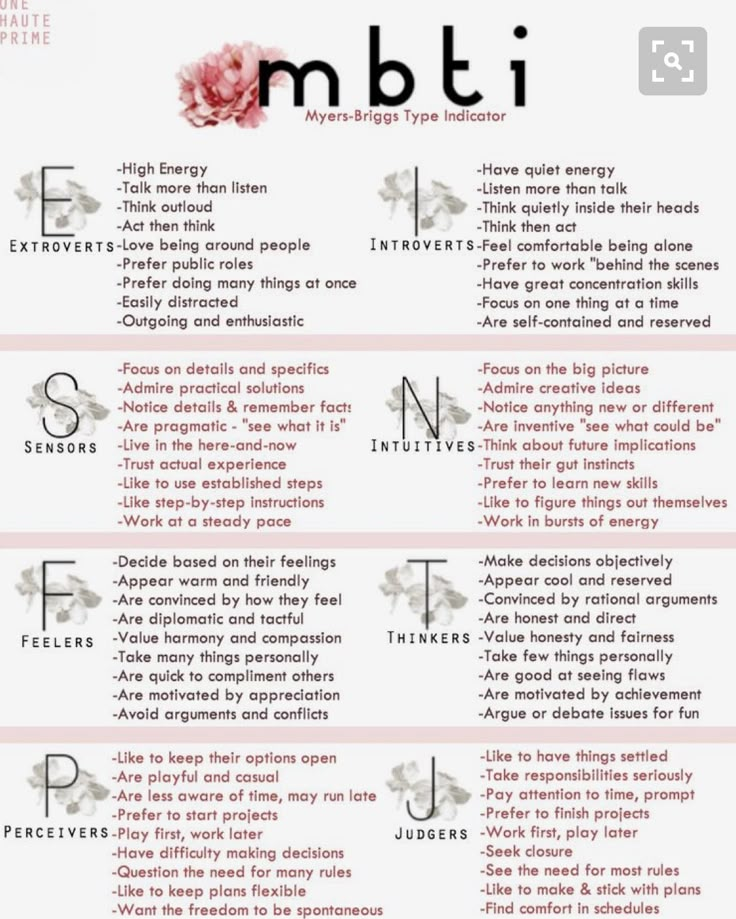
Guardians
Administrator
ISTJ-A / ISTJ-T
Practical and factual people whose reliability is unshakable.
Protector
ISFJ-A / ISFJ-T
Very responsible and kind protectors, always ready to protect their loved ones.
Manager
ESTJ-A / ESTJ-T
Excellent administrators, unsurpassed specialists in process and people management.
Consul
ESFJ-A / ESFJ-T
Extremely caring, sociable and popular people, always ready to help.









